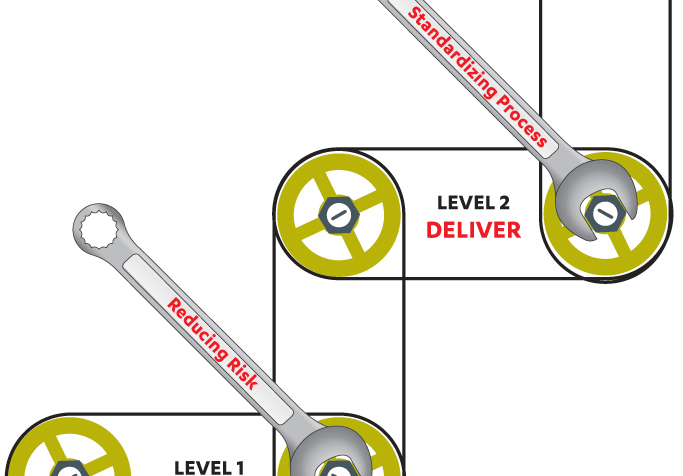Increasing IT maturity: “You have HOW many Severity 1 problems?”
During a recent call with a prospective client, he informed me that his organization has had 15 Severity 1 problems sitting in a queue for over 90 days. From what I know about this IT organization, and because it tracks its incidents, problems and duration, I would peg it at just over a level 1 IT maturity, where some foundational services are installed but not fully implemented.
Classically, an organization operating at, or just above, a level 1 is focused on “keeping the lights on” activities, as well as “putting out fires.” What’s broken rarely gets fixed because no one has the capacity to diagnose the problem (i.e. root cause) and then implement a change. Likewise, the demand for “getting it done” outweighs the need to do it right.
Here are some other indicators of an organization operating between a level 1 and 1.5 maturity level.
Nothing is tracked well. One former client’s company paid millions of dollars in penalties due to an over-allocation of software licenses because no one in IT was keeping track of the number users during a period of high employee headcount growth.
Documentation is sketchy. Another client’s organization had loads of initial process/software/configuration documentation but didn’t have the discipline, change control, and quality practices to maintain the knowledge as the environment evolved.
IT manages noise. My favorite anecdote is about a senior director who held a one-hour operational review meeting EVERY morning with all her senior staff just to understand what happened over the last 23 hours in case her peers or boss called.
Organizations between a level 1 and 1.5 usually have a myriad of problems across multiple dimensions. Assessing these issues can seem overwhelming. In fact, it’s often the hardest thing for an …
[ Read More ]



